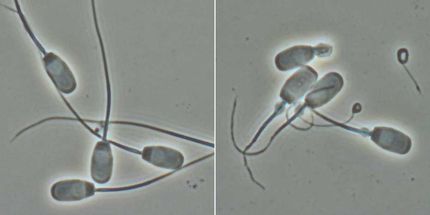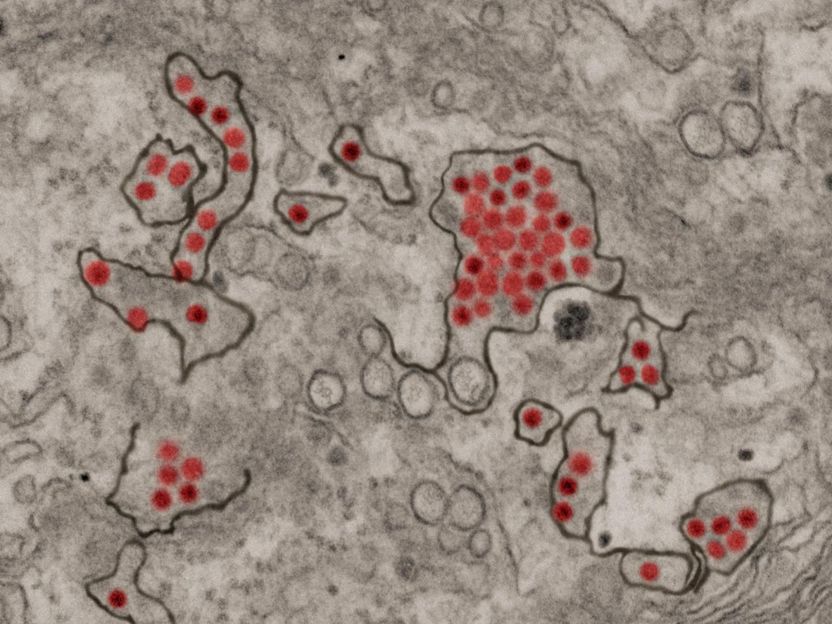U-M researchers discover new genes that fuse in cancer
Using new technologies that make it easier to sequence the human genome, researchers at the University of Michigan Comprehensive Cancer Center have identified a series of genes that become fused when their chromosomes trade places with each other. These recurrent gene fusions are thought to be the driving mechanism that causes certain cancers to develop. The gene fusions discovered could potentially serve as a marker one day for diagnosing cancer or as a target for future drug development.
In the new study, published in Nature, the researchers identified several gene fusions in prostate cancer cells. Some of the fusions were seen in multiple cell lines studied, while other gene fusions appeared only once. The fusions were found only in cancer cells, and not in normal cells.
"We defined a new class of mutations in prostate cancer. The recurrent fusions are thought to be the driving mechanism of cancer. But we found other fusions as well, some of which were unique to individual patients. Our next step is to understand if these play a role in driving disease," says Arul Chinnaiyan, M.D., Ph.D., director of the Michigan Center for Translational Pathology and S.P. Hicks Endowed Professor of Pathology at the U-M Medical School.
Chinnaiyan's team was the first to identify rearrangements in chromosomes and fused genes in prostate cancer. Gene fusions had previously been known to play a role in blood cell cancers such as leukemia and lymphoma, and in Ewing's sarcoma. In the current study, the researchers showed that newer techniques could identify these gene fusions more quickly and easily.
The researchers used a technique called gene sequencing, which involves creating a library of all RNAs in a cell. Sequencing machines then run 24 hours a day for days at a time, reading the RNA. Once the sequencing is finished, researchers study the data searching for the gene fusions. This is a more direct approach than the method Chinnaiyan's lab used to first identify gene fusions in prostate cancer, a process called microarray. Using microarray technology, researchers had to first know where they wanted to look. With gene sequencing, the researchers can find what's there without knowing where to look first.
"We now have the ability to use next generation sequencing technology. This will open up the field in cancer research," says Chinnaiyan, a Howard Hughes Medical Institute investigator. While the current study focused on prostate cancer, his team is also looking at gene fusions involved in breast cancer, lung cancer and melanoma.
Original publication: Nature 2009.
Most read news
Topics
Organizations
Other news from the department science

Get the life science industry in your inbox
By submitting this form you agree that LUMITOS AG will send you the newsletter(s) selected above by email. Your data will not be passed on to third parties. Your data will be stored and processed in accordance with our data protection regulations. LUMITOS may contact you by email for the purpose of advertising or market and opinion surveys. You can revoke your consent at any time without giving reasons to LUMITOS AG, Ernst-Augustin-Str. 2, 12489 Berlin, Germany or by e-mail at revoke@lumitos.com with effect for the future. In addition, each email contains a link to unsubscribe from the corresponding newsletter.






















































